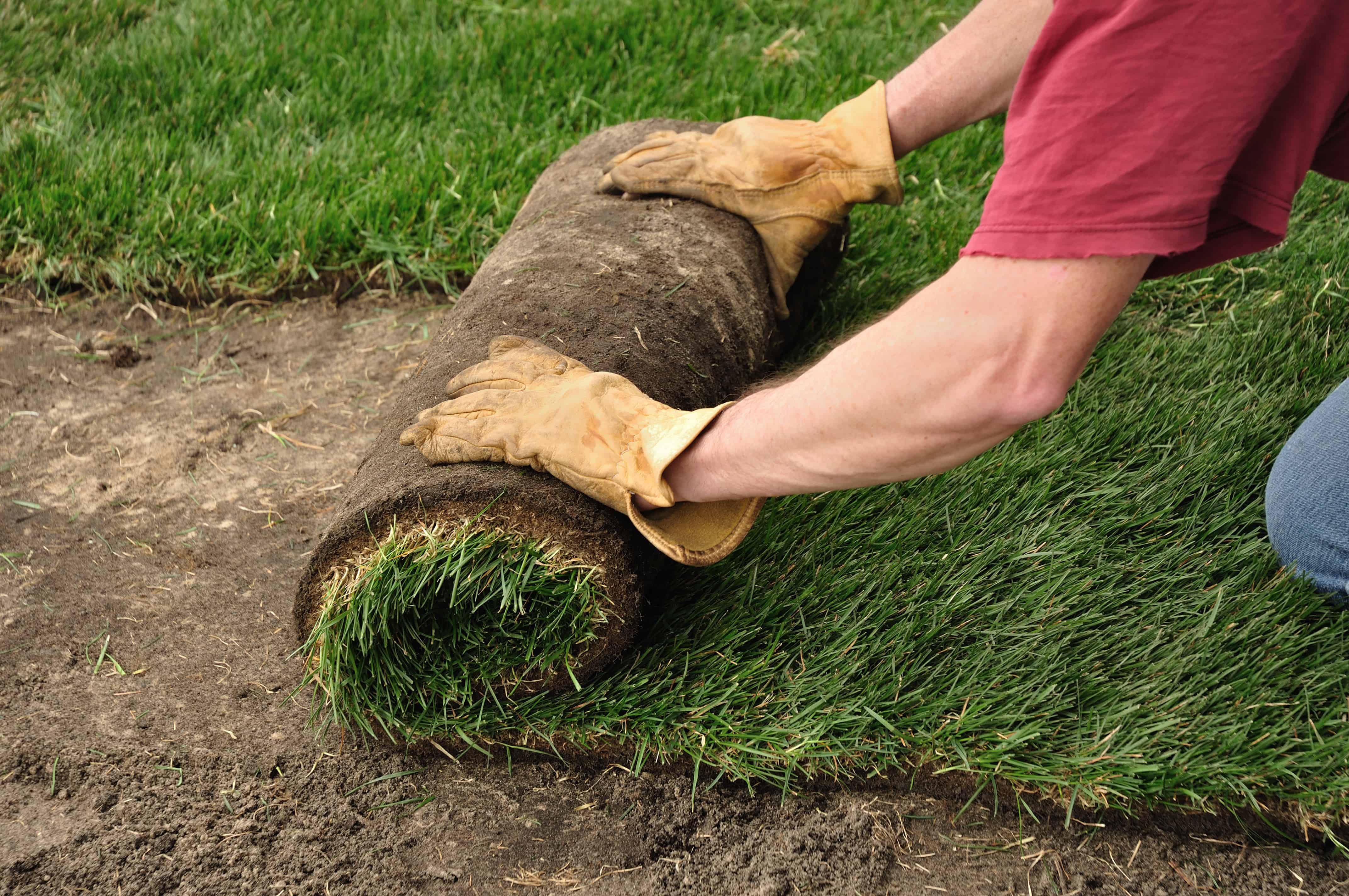Overseeding involves spreading grass seed over an existing lawn, which can help to fill in thin or bare spots and improve the overall density of the grass. The cost of overseeding typically includes the cost of the seed and any equipment or labor required for the process and is much cheaper than sodding.
As a homeowner looking to improve your lawn, overseeding can be an effective technique to restore a tired or thinning lawn. However, there are some common mistakes that many DIYers make when overseeding that can actually do more harm than good.
In this post, we’ll discuss some tips from lawn care professionals to help you avoid these mistakes and achieve a successful overseeding project.
Steps to overseed your lawn
- Don’t skip the preparation: Before you start overseeding your lawn, it’s important to properly prepare the area. This means mowing the lawn short, raking up any debris or thatch, and aerating the soil to allow better seed-to-soil contact. Skipping these steps can result in poor germination rates and a patchy lawn.
- Choose the right seed: It’s important to choose the right seed for your lawn based on factors such as climate, soil type, and sun exposure. Some seed is better for parts of your lawn that get little to no direct sun for example. Be sure to read the label carefully and choose a seed that’s appropriate for your specific needs. Also, avoid buying cheap seed, as it may not be of high quality and can result in poor germination rates.
- Apply the seed evenly: One of the most common mistakes in overseeding is applying the seed unevenly, resulting in clumps and bare spots. Use a spreader to apply the seed evenly across the entire lawn. Be sure to follow the recommended seeding rate on the seed bag to avoid over- or under-seeding. A bag of seed will explain what setting to use to ensure you aren’t too much or too little.
- Water consistently: Watering is critical to successful overseeding. Once the seed is applied, water the lawn regularly and keep the soil moist until the new grass is established. However, be careful not to over-water, as this can lead to disease and root rot.
- Avoid heavy foot traffic: During the germination process, it’s important to avoid heavy foot traffic on the lawn. This can damage the new grass and result in bare spots. Try to stay off the lawn as much as possible until the new grass is established.
- Follow up with proper care: After the new grass is established, be sure to follow up with proper care. This includes regular mowing, fertilizing, and watering as needed. A well-maintained lawn will not only look great, but also be more resistant to weeds and disease.
- Avoid fertilizer: Typically you want to avoid fertilizing your lawn directly before or after overseeding your lawn. Check your fertilizer and lawn seed to ensure you space out the fertilizing and overseeding far enough to ensure they are not canceling each other out.
Overseeding vs sodding compared
Here is a comparison table of overseeding a lawn versus sodding, which are the common ways to repair your damaged lawn.
| Criteria | Overseeding | Sodding |
|---|---|---|
| Cost | Less expensive | More expensive |
| Work | Less work. Spread the seed with a spreader and water it. | More work. Involves laying the sod, cutting it to size in areas, rolling it and other tasks. |
| Time to establish | Longer (2-3 weeks for germination, 6-8 weeks for establishment) | Quicker (instant results, 2-3 weeks for establishment) |
| Grass variety | Limited to existing grass types | Can choose from various grass types |
| Quality | May not be as uniform | More uniform and consistent |
| Soil preparation | Necessary (aerate, dethatch, fertilize) | Less necessary (sod provides its own soil) |
| Watering | Requires consistent watering for successful germination | Requires consistent watering to prevent sod from drying out |
| Maintenance | Similar to regular lawn care (mowing, fertilizing, watering) | Requires careful watering and may need extra attention for the first few weeks |
Overall, overseeding is a more cost-effective and gradual process that allows for the gradual improvement of an existing lawn, while sodding provides instant results with a more uniform appearance. The choice between the two methods will depend on factors such as budget, time, and desired results.
Final thoughts
In conclusion, overseeding can be a great way to improve the look and health of your lawn, but it’s important to avoid these common mistakes. By following these tips from the pros, you can achieve a lush, healthy lawn that you can be proud of.
Want to keep learning about grass tips that can help you grow a better lawn? Lawn Aeration vs Detatching discusses the difference between the two processes and when they should be used.


